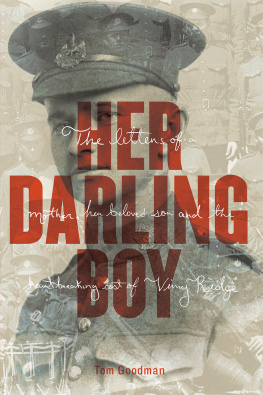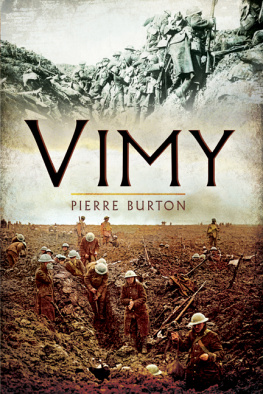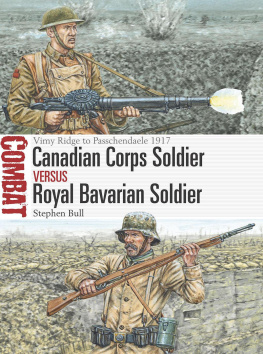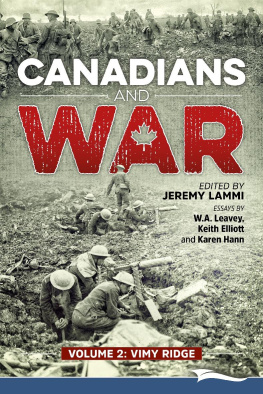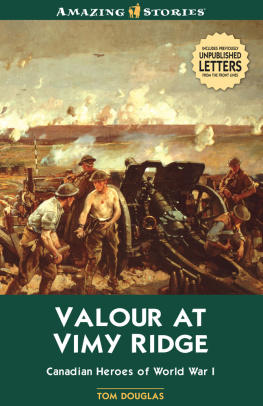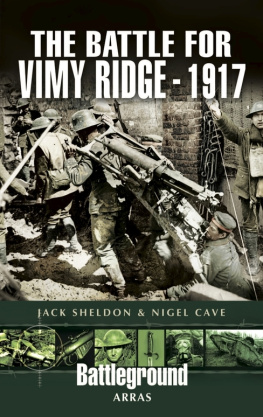The Vimy Trap is a powerful expos of the claim Canada was born during a relatively inconsequential battle fought in a pointless and horrific war. There is no better book to understand World War I mythology and militarist Canadian nationalism.
YVES ENGLER, author of The Black Book of Canadian Foreign Policy
The Vimy Trap presents a careful, nuanced, and very readable examination of the many ways that the Battle of Vimy Ridge and the First World War as a whole have been understood in Canada over the last hundred years. In the face of the de-contextualized and hyper-nationalist mythology of Vimy that gets mobilized in support of war and empire in the twenty-first century, this book will be an important resource for those of us committed to struggles for peace and social justice.
SCOTT NEIGH, author of Resisting the State: Canadian History Through the Stories of Activists and host of Talking Radical Radio
The Vimy Trap is an essential antidote. The poison it seeks to counter is decades of English-Canadian nationalist history, both of the popular and academic variety, which constructs positive meaning out of a bloody, devastating, and pointless conflict. Domestically, the Great War revealed a Canada divided along class, ethnicity and race, gender, and geography. Ian McKay and Jamie Swift, in elegant and engaging fashion, portray how the dominant version of the war eventually became one of Vimyism that included a Canada birth narrative.
DR. STEVE HEWITT, Senior Lecturer, Department of History, University of Birmingham, UK
The Vimy Trap offers compelling perspectives on current political and nationalistic projects that continue to glorify war. Using counter-narratives based on analysis of art, memorials, literature, and theatre, McKay and Swift have created a well-researched, notable read for the centennial of the Battle of Vimy Ridge.
JAN LERMITTE, specialist in Canadian literary studies and instructor at Trinity Western University and The University of British Columbia
In The Vimy Trap, Ian McKay and Jamie Swift meticulously and artfully recount how tragedy was recast as triumph and Vimyism became the lens through which Canadians were encouraged to view the Great War (and war in general). Rich in detail and precisely argued, The Vimy Trap debunks the official myth of Vimy Ridge as a battle that defined the spirit of an emerging, modern Canadaa myth conspicuously, gallingly out of step with Canadian soldiers own experience of the war. Perhaps most importantly, The Vimy Trap warns that revisionist mythmaking can skew a nations responses to challenging global events, even today, making it essential reading for anyone concerned with Canadas past, present, or future roles on the world stage.
STEPHEN DALE, author of Noble Illusions: Young Canada Goes to War
Once again, McKay and Swift are as insightful as they are impassioned. The Vimy Trap is a must-read for those curious about the truths of Vimy Ridge, those who care about people who lived and died at Vimy Ridge, those seeking correctives to the current fallacies and fabrications about Vimy Ridge, and those convinced that what we think and say about Vimy Ridge matters.
REV. ELIZABETH MACDONALD, United Church of Canada
THE VIMY TRAP
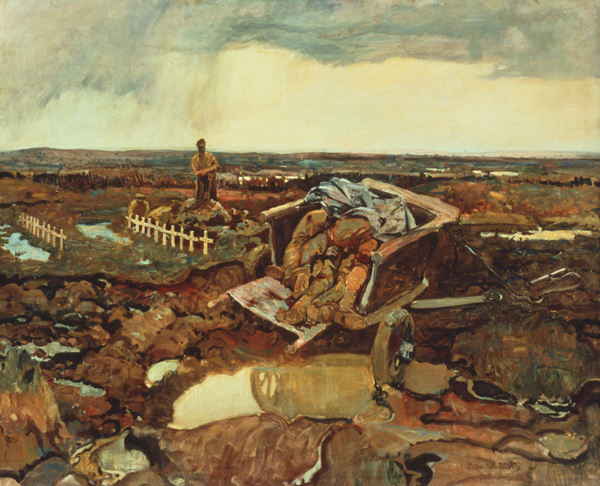
Fred Varley, For What? The Group of Sevens Fred Varley was an eyewitness to war. The title of his grim warscape asked a question that would haunt many Canadians after the Great War.

Or, How We Learned to Stop Worrying
and Love the Great War
IAN McKAYandJAMIE SWIFT
Between the Lines
Toronto
The Vimy trap or, how we learned to stop worrying and love the Great War
2016 Ian McKay and Jamie Swift
First published in 2016 by
Between the Lines
401 Richmond Street West
Studio 277
Toronto, Ontario M5V 3A8
Canada
1-800-718-7201
www.btlbooks.com
All rights reserved. No part of this publication may be photocopied, reproduced, stored in a retrieval system, or transmitted in any form or by any means, electronic, mechanical, recording, or otherwise, without the written permission of Between the Lines, or (for photocopying in Canada only) Access Copyright, 1 Yonge Street, Suite 1900, Toronto, Ontario, M5E 1E5.
Every reasonable effort has been made to identify copyright holders. Between the Lines would be pleased to have any errors or omissions brought to its attention.
Library and Archives Canada Cataloguing in Publication
McKay, Ian, 1953, author
The Vimy trap or, how we learned to stop worrying and
love the Great War / Ian McKay and Jamie Swift.
Includes bibliographical references and index.
Issued in print and electronic formats.
ISBN 978-1-77113-275-6 (paperback).ISBN 978-1-77113-276-3 (epub).ISBN 978-1-77113-277-0 (pdf)
1. Vimy Ridge, Battle of, France, 1917. 2. World War, 19141918Social aspectsCanada. 3. Collective memoryCanada. I. Swift, Jamie, 1951, author II. Title.
D545.V5M35 2016940.431C2016-904720-2
C2016-904721-0
Cover Illustration: From a stamp advertising the World Youth and Peace Congress,
Geneva, September 1936, which carried the slogan Help Send Canadas Delegation.
Peace, Freedom, justice. Reprinted with permission from the Provincial Archives
of Alberta, accession number PR 1968.0125.0477.
Cover and text design: Gordon Robertson
We acknowledge for their financial support of our publishing activities the Government of Canada through the Canada Book Fund, the Canada Council for the Arts, which last year invested $153 million to bring the arts to Canadians throughout the country, and the Government of Ontario through the Ontario Arts Council, the Ontario Book Publishers Tax Credit program, and the Ontario Media Development Corporation.

This one is for Robert G. Clarke,
editor extraordinaire and fine friend
For invaluable research assistance, we thank Steffen Jowett, David Thompson, Katelynn Folkerts, Allison McMahon, Tena Vanderheyden, and Allison Ward. Robert Vanderheyden was indispensable as a guide and photographer in France and Flanders. Maarten Van Alstein of the Flemish Peace Institute was generous in sharing his insights into the political culture of commemoration in Flanders.
We also acknowledge with gratitude the help of the Canadian War Museum, Library and Archives Canada, McMaster Universitys Mills Memorial Library, and the Queens University Archives. Thanks as well to Steve Wadhams of CBC-Radio and Paul Robertson of Cultural Services, City of Kingston.
Part of the material in this book was delivered by Ian McKay at the 2014 Joanne Goodman Lectures, established by Joannes family and friends to perpetuate the memory of her blithe spirit, her quest for knowledge, and the rewarding years she spent at the University of Western Ontario. Jamie Swifts work on this book was supported in part by the Sisters of Providence of St. Vincent de Paul and the Queens University Fund for Scholarly Research.
For hospitality and good company, we thank Jean Christie, Joe Gunn, Susan Gottheil, and Len Prepas. Both authors would like to single out the contribution of our editor, Robert Clarke.
PROLOGUE:
THE DEAD ON THE FIELD
Next page




